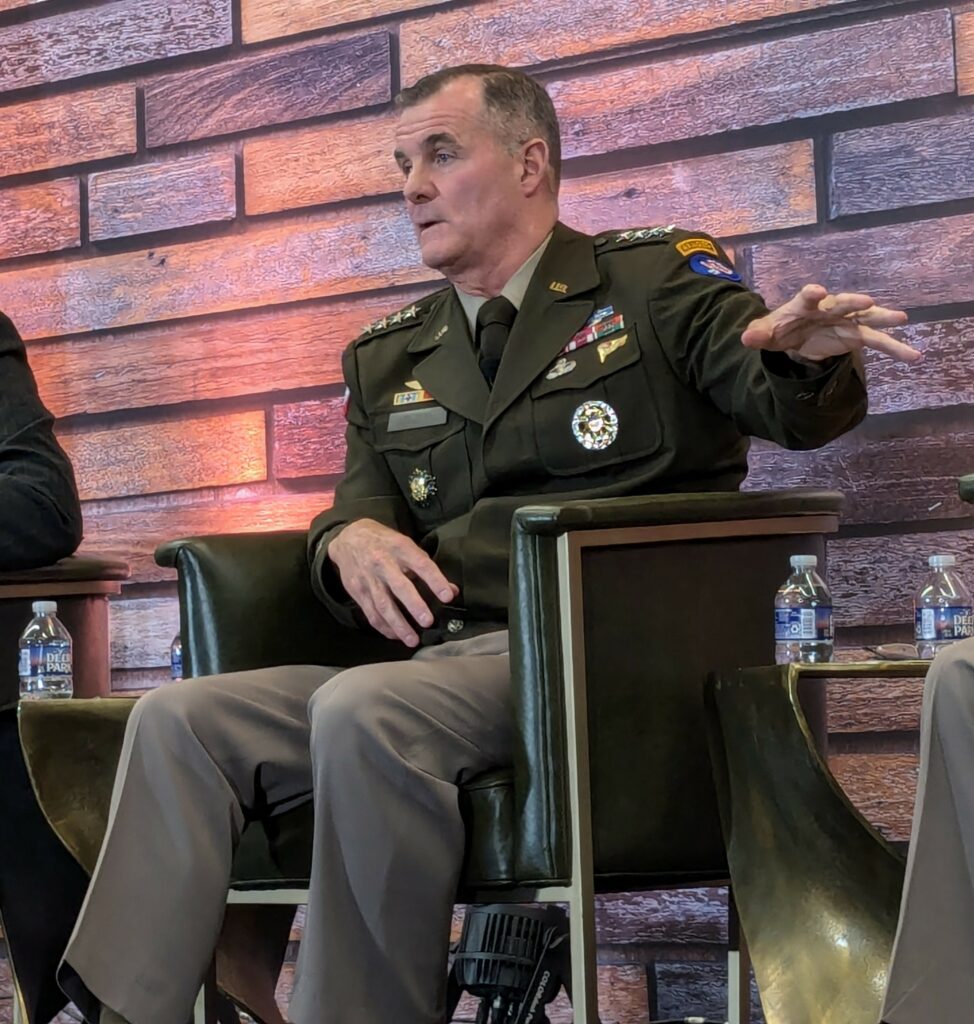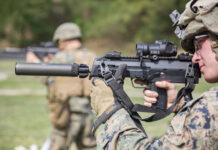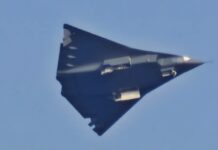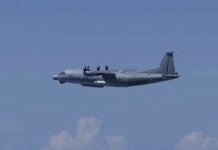
AUSA 2024: US Army Pacific chief forcefully stresses need to counter Chinese military
Peter Felstead
The commanding general of US Army Pacific (USARPAC) has issued a forceful warning about the need to counter Chinese military power in the region.
Addressing a gathered audience at the 2024 Association of the US Army (AUSA) exhibition in Washington, DC, on 14 October, General Charles A Flynn opened is speech by noting, “We have a limited regional war in Europe right now, we have a limited regional war going on in the Middle East right now, and the last thing that we can afford is another limited regional war out in Asia.
“Our highest duty out there is to deter what’s happening,” said Gen Flynn, adding that US and allied forces need to be developing “positional advantages … and be in a position to take time and space away [from the Chinese military] and to be able to counter the incremental, insidious and irresponsible path that the Chinese have been on for the better part of two decades.”
Reviewing the last decade, in which he served in various command positions in Asia, Gen Flynn said of China’s actions, “I have had the privilege of being able to spend literally the last eight out of 11 years in that region, and I can tell you that the way they’re operating today in 2024 is vastly different than the way they were operating in 2014.”
The general went on to identify several aspects of Chinese military power. “There are 50 to one cyber hackers from China compared to what we have, so they’re in the cyber domain,” he noted. “The proliferation in the space domain by the Chinese is extraordinary. [They have] 200% more shipbuilding capacity than the United States, largest army in the world, largest rocket force in the world. They reorganised in 2015, they’re reorganising today, and the scale by which they’re exercising out there is significant.
“And it’s not just in the East China Sea, it’s not just in the Taiwan Strait, it’s not just in the Philippine Sea, the general added. “It’s throughout the region, it’s in South Asia, it’s out in Oceania.”
Gen Flynn noted that “There are three things that the Chinese have that we do not have. They are operating on interior lines; they are 110 miles from one of their objectives: Taiwan. That’s less than the distance from the island of Oahu to the Big Island [in Hawaii]. The second thing they have is mass; they have a lot of everything. And then the third thing they have is magazine depth. So we have to counter against those three advantages that they have.”
Conversely, the general pointed out a disadvantage that Chinese military forces have. “The primary means of their attack approach with their A2AD [anti-access/area denial] arsenal is against a strength of the United States: that strength is in the air and in the maritime domains. The secondary reason their A2AD arsenal was designed was to counter other strengths of ours in cyber and space. However, that A2AD arsenal was not designed to find, fix and finish land-based forces that are distributed, dispersed, mobile, reloadable, networked, and they are operating together, rehearsing with one another, and have degrees of interoperability that the adversary does not have.
“This is an advantage for us,” the general asserted, “and this is about positional advantage, because if we get into a positional advantage in every quarter out there, the Northern Corridor, Central Corridor, Southern Corridor and Western corridor, then we can take time and space away from the adversary’s actions and empower and enable and create that strategic land power network that I’m talking about.”
Regarding the nature of military power in the Asia Pacific, Gen Flynn made a key point. “The Japanese Army is 65% of its military. The Philippine military: 70% of that military is its army; they actually have more divisions than the United States Army. India: 80% of its military [is] army. Malaysia: 75% of its military [is] army. Indonesia: 75% of its military [is] army. The point I’m making here is that a lot of people look at that map and they see blue, and they think air and maritime. The reality of it is the region is defined by armies. And this is the power of the strategic land power network as a great counterweight to what the Chinese are doing.”
General Flynn asserted of the US military and its Asia-Pacific allies, “We cannot seed any domain out there. We have to win in all five domains, and we have to win as a joint force. We have to win as a joint, combined and multinational force. That’s the only way to prevent the continuation of [China’s] incremental, insidious and now irresponsible behaviour.”
He additionally made the point that it is no longer about facing off against only Chinese forces. “In my nearly 40 years of doing this, I have never seen the North Koreans, the Chinese and the Russians matched up, and whether [or not] they have signed an agreement or a document that says they’re doing that … they are absolutely working together. There’s North Korean soldiers that are now on the battlefield in Europe [fighting for the Russians against Ukraine]. They’re exchanging hard power, they’re exchanging soft power, and they’re exchanging technology. This is a very, very dangerous combination that we all should pay very, very close attention to.”

Turning to how the US military and its regional allies are countering China and developing positional advantage, Gen Flynn explained that they are organising to develop a “battle-winning mix of capabilities” and generating land power.
“And how are we generating that land power? We’re doing it through the joint Pacific Multinational Readiness Center: the first combat training centre that the US Army has built in more than 50 years,” the general explained, noting that the army has a Hawaii campus, an Alaska campus, and also an exportable campus that been deployed to countries including Australia, the Philippines and Indonesia.
“We’re generating readiness through the use of the land power network, and then we’re applying that into the region through operation pathways,” said the general. “Operation pathways is the very definition of campaigning. That is the logical and sequential arrangement of more than 40 army to army and joint exercises that meet the national security objectives of the United States and – here’s a key – those of our allies and partners.”
Lastly, Gen Flynn emphasised the importance of building joint interior lines. “Why? Because we have to have operational reach,” he explained. “We’ve got to get off exterior lines [and] onto interior lines, because we want to be a counterweight to what’s going on in the region. That expression of their A2AD arsenal in the air domain, in the maritime domain, in the space and cyber domains, has to be countered by the strategic land power network, and those joint interior lines are made up of four foundational capabilities that only the army provides at scale and at echelon: command and control (C2), protection, collection and sustainment. Command and control because there is no other C2 node in the US military inventory like a corps and a division headquarters. A core is unique and a division is unique. It can see to complex, multinational, combined and interagency operations for extended periods of time.
Protection, the general noted, covers “engineering, mobility, counter-mobility, survivability. It’s medical for ourselves and our partners, and it’s also integrated air and missile defence.”
Sustainment, he explained, covers “army preposition, stocks, joint theatre distribution, composite warcraft companies and army warcraft systems, distribution of material, and [Army] Contracting Command. All of these things are so important to what we’re doing.
Regarding collection, Gen Flynn asserted, “We have to have a balanced layer of collection between the terrestrial layer, the aerial layer, and the space layer. And I would argue that for many, many years we’ve over-invested in the aerial layer and over-invested in the space layer. In the Indo-Pacific we have to have a terrestrial collection layer, and that is a series of sensors that can collect in all domains, to include open source, and share that with our partners.
“So the last part of this is a really important part,” the general said in conclusion, “because we have to do it with the consent and with the invitation of our allies and partners in the region. And again, this is where the strategic land power network is so important as a counterweight to the aggressive behaviour that’s happening in the region.”














